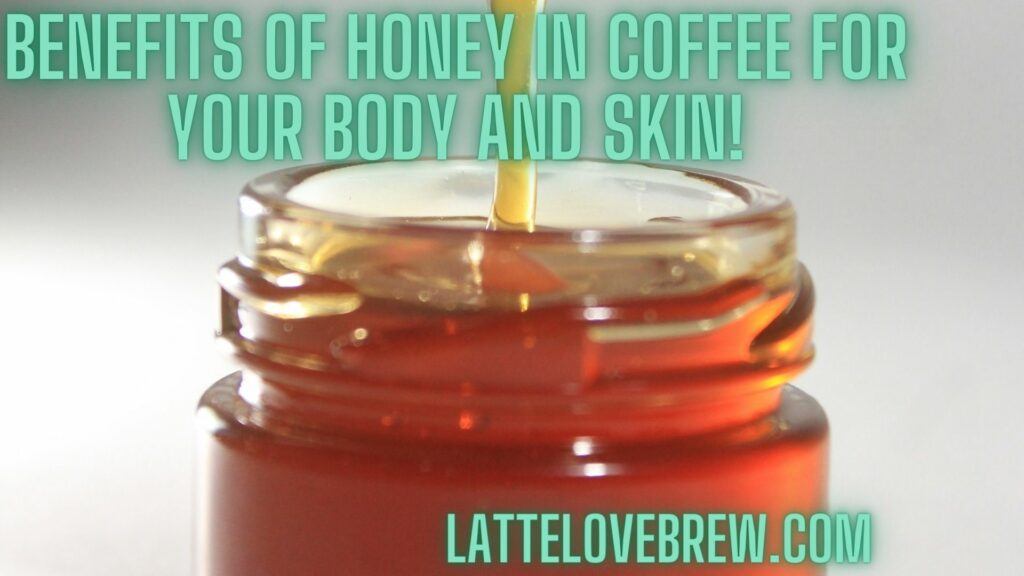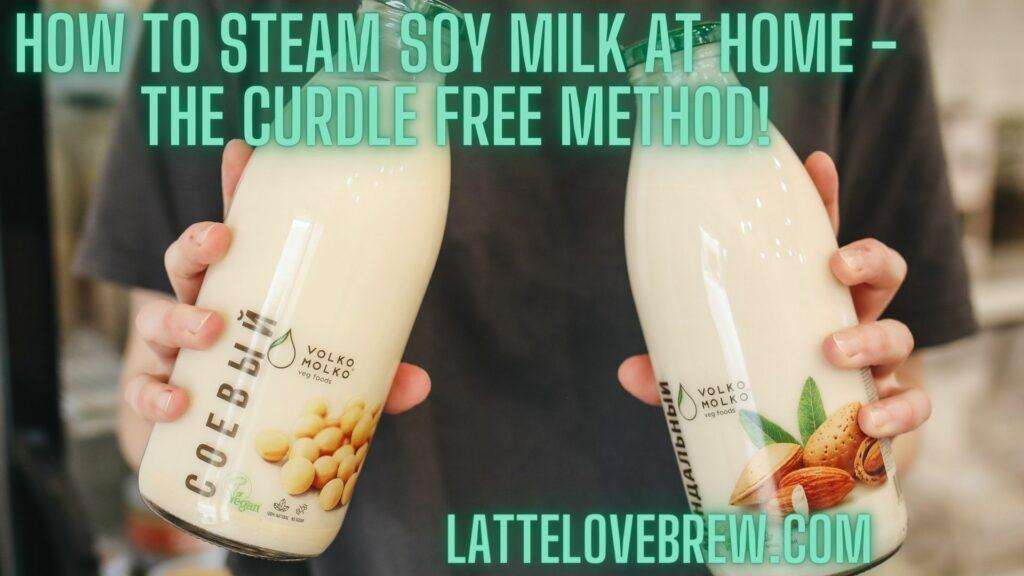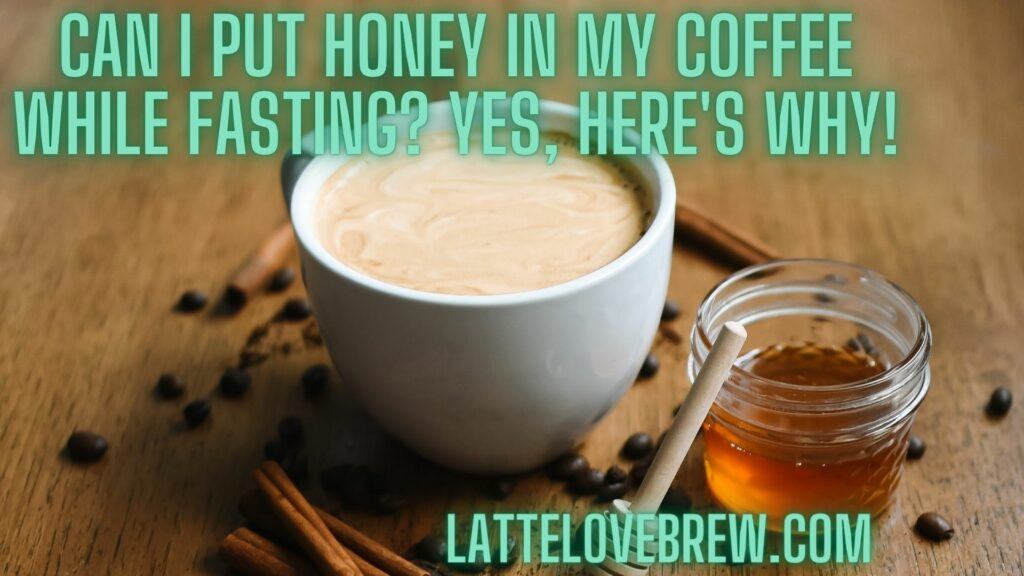Last updated on November 13th, 2023 at 14:25
If you have ever wondered how is pour over different from drip then this article is for you. Below I will talk about the two methods and while you are reading, your mind will comprehend, contrast and compare the two methods.
To start with I’ll outline how pour over is different from drip coffee. Keep reading to find out what these differences are.
How Is Pour Over Different From Drip?
Table Of Contents
- 1 How Is Pour Over Different From Drip?
- 2 Pour Over Coffee
- 3 What Is Pour-Over Coffee
- 4 How To Make A Pour Over Coffee
- 5 Benefits Of Pour Over Coffee
- 6 Drip Coffee
- 7 What Is Drip Coffee?
- 8 What Makes Drip Coffee Different?
- 9 Frequently Asked Questions About How Is Pour Over Different From Drip?
- 9.1 Is Pour Over Actually Better Than Drip?
- 9.2 Why Is Pour Over Better Than Drip Coffee?
- 9.3 Does Pour Over Coffee Taste Better Than Keurig?
- 9.4 Is Pour Over Coffee Healthier?
- 9.5 Is Pour Over Coffee Better Than Drip?
- 9.6 Which Is Better Pour Over Or Drip?
- 9.7 Why Is Pour Over Better Than Drip?
- 9.8 Does Pour Over Taste Different Than Drip?
- 10 Final Thoughts – How Is Pour Over Different From Drip Coffee?
Pour over coffee is very different from drip, even though they take more or less the same amount of time to brew. The brewing process, the method of elaboration is very different.
For example,
the drip method and electric drip coffee makers require no effort and very little input from you and end up with a great tasting beverage and with production line consistency, cup after cup after cup. You have little control over the brewing process.
Whereas with pour over coffee, you have complete control over every single aspect of the process from the hot water temperature to flow rate, the contact time that the water has with your coffee grounds, the grind size, everything! The end result is a delicious coffee.
Serious coffee drinkers love to use this technique with a gooseneck kettle to get perfect and precise control over the water flow rate.

Read: How does a drip coffee maker work?
Pour Over Coffee
Let’s get the details of pour over coffee. You can compare and contrast the two brewing techniques and get a full comprehension of just how pour over is different from dip brewing.
What Is Pour-Over Coffee
The pour-over method is a technique that is enjoyed by coffee enthusiasts and specialty coffee lovers, who enjoy using this method to brew their specialty grade single origin beans.
This is a more hands-on and more manual process of brewing that gives you full control over the water temperature, flow rate and grind size.
Similar to the drip method, it is a process that saturates your coffee grounds with a very controlled pour. The hot water passes through the grounds, it dissolves some of the coffee’s soluble mass and is filtered through a filter of your choice, be it a cotton filter, metal filter or a metal filter.
The pour-over method requires more effort on your part, and it is worth it for the better tasting cup of coffee as the end result.
There are many different types of equipment that can be used to make a great tasting pour-over coffee. Regardless of which one you use, the method remains the same and the technique does not change.

Read: What is auto drip coffee?
How To Make A Pour Over Coffee
Start by heating your water to the desired and ideal temperature of 92C to 96C (195F – 205F). Aim to be as close to 96C (205F) as you can.
You can enjoy precise control when you use an electronic gooseneck kettle with digital temperature control.
Also,
I’ll add, coffee experts use one of these devices for the precision and control of the flow of water.
Put your filter in place. If you use a paper or cloth filter, wet it slightly so that it stays in place and shape much better. Add your freshly roasted and freshly ground coffee grounds of a medium-coarse grind size to your filter of choice, ensuring that you are adhering to the ideal coffee to water ratio of 1:15.
1 part coffee, 15 parts water.
Ensuring your water is at 96C (205F), start to pour with a pencil thin pour. Pour in a circular spiral manner until your coffee grounds are wet.
Stop to let your grounds bloom for 20-25 seconds. While waiting, reheat your water to ensure it is at 96C (205F). This is where the benefit of a gooseneck kettle with digital temperature control has its advantages.
Resume your pour using the same technique of pouring in a spiral fashion ensuring that the grounds never become flooded. After about a minute, reheat your kettle to ensure that your water temperature is at 96C (205F) and then continue.
By ensuring that you keep your water at the higher end of the ideal temperature range, you are ensuring that, as it cools down, it doesn’t fall outside this range (lower than 92C (195F).
Stop when your cup of coffee is full, or you have the desired amount of coffee in the cup.
Since this brewing method is wholly and entirely a manual process, and you are in control of all aspects of the brewing process, if you want fuller flavor, a stronger cup of coffee, you can adjust the coffee to water ratio to 1:14, 1:12, for example, or use a slower flow rate and ensure your water is in contact with the water for longer.
It’s feasible, too, that you could use a slightly smaller grind size to ensure that you get a stronger brew.
The opposite is true: if you want a weaker cup of coffee, you could use a weaker coffee to water ratio of 1:16, 1:18, for example. You could also use a slightly quicker flow rate.
Yes, a larger grind size will also result in a weaker brew.
Almost every step in the brewing process results in an effect that will alter the taste of your cup of coffee.
Due to the rise in popularity, many manufacturers of coffee equipment have produced a whole range of specialist equipment for use with the pour-over coffee brewing technique.
There are two main categories: single serve and multi serve devices.
Single serve devices are the kind that sit on top of your cup of coffee and make a single cup. Multi-serve devices are the type that are designed to make several cups of coffee and collect the coffee in the bottom of the receptacle to be poured into a cup later.
An example of a multi-serve device is a Chemex coffee maker.
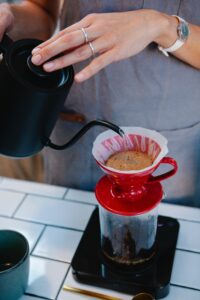
Read: Drip coffee
Benefits Of Pour Over Coffee
The benefits of pour over coffee are plainly obvious: having greater, I’ll say, complete control over the entire brewing process. Which, as a result of the additional effort, the reward is an amazing cup of coffee with all the intricate tastes, flavors and oils extracted from the coffee beans.
For coffee geeks and nerds (guilty as charged, your honor) the ability to alter any part of the process and experiment to get the perfect cup of coffee.
The entire process highlights finer qualities of your coffee beans, which makes it a perfect brewing technique for your expensive coffee beans to get the best flavors from them.
Drip Coffee
To balance things out and to give you properly and to be fully informed about how pour over is different from drip, you need at least a basic understanding of dripped coffee.
So, let’s get talking about drip coffee.
What Is Drip Coffee?
The name comes from the brewing process and the dripping action of the brewed coffee, dripping into the coffee pot on electric drip coffee makers. It is a popular option for brewing coffee for busy people and for those with an early start at the office, as an automatic coffee maker can be set up to brew a morning coffee when your alarm clock goes off.
The brewing process is as follows:
- You load your coffee filter with your ground coffee.
- You fill your water reservoir with filtered water.
- The heating element warms and heats your water and forces it upwards via a one-way valve.
- The water then flows up to the faucet / shower head and drips on to your ground coffee.
- The brewed coffee passes through a filter and drips into your carafe.
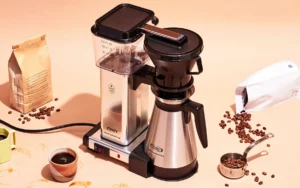
What Makes Drip Coffee Different?
Compared to pour over coffee, drip coffee is fully automated and depends on thermally induced pressure which sends the hot water up to the faucet (shower head) and gravity takes over as the hot water leaves the shower head and passes through your coffee grounds.
When it passes through the coffee grounds, it dissolves some of the soluble mass. The particles are prevented from making their way to your coffee mug thanks to the paper filters commonly used by this brew method.
Paper filters unfortunately filter the coffee oils too. You can alter the amount of coffee oils, which give your cup more flavor and body, by changing the type of filter used and using cotton or metal filters.
Brewing coffee using this method and enjoying the use of electric coffee makers is very affordable and very uncomplicated.
Frequently Asked Questions About How Is Pour Over Different From Drip?
Is Pour Over Actually Better Than Drip?
Yes, pour over produces a cup of coffee that is better, much better, than a regular drip coffee. This is due to you having more control over all aspects of the brewing process and can extract all the subtle and intricate flavors, something that drip coffee makers can’t do.
Why Is Pour Over Better Than Drip Coffee?
To put it simply, pour over is better than drip coffee, because it produces a more flavorful and better tasting cup of coffee than regular drip coffee. The reason behind this is the ability to control the water temperature, flow rate and the brew time.
Having control over these variables and a great pouring technique, you can and will extract the intricate and complex flavors of the origin from the coffee beans.
Does Pour Over Coffee Taste Better Than Keurig?
Yes, pour over coffee produces a beverage that has a better taste than a Keurig. Keurigs are great, and make great coffee, but you have no control over the end result. Press a button, get a coffee. They are a machine of convenience.
Also,
with Keurigs, you have no input, no personal choice when it comes to the coffee beans used. You only have a choice of the K-cups that are available, but not the actual coffee.
Pour over tastes better because you have the full choice of what beans you can use, and you can use specialty grade beans if you want. Also, with the pour over, you can get all the amazing flavors and oils out of your top quality single origin beans. It (pour over) simply makes great coffee that tastes better.
Is Pour Over Coffee Healthier?
Pour-over coffee is considered to be healthier due to containing less cafestol, a coffee oil that is associated with cholesterol. Also, pour over coffee is less acidic and has a normal to regular amount of caffeine and not overly stimulating.
Is Pour Over Coffee Better Than Drip?
Yes, pour over is better than drip coffee. The reason for this is that the final cup of coffee is of a higher quality. This is not to be negative or detract from drip coffee, as drip coffee is good, and can end with a very enjoyable cup of coffee.
It is just that, unlike pour over coffee, drip coffee just does not and cannot extract the intricate, delicate and complex flavors from the coffee grounds. Coffee brewing is about getting a better cup of coffee, one that is more delicious and fuller in flavor. You don’t get that with a cup of drip coffee.
Which Is Better Pour Over Or Drip?
In my opinion and experience, pour over is better than drip coffee as it is a coffee brewing method that extracts more total dissolved solids than other brewing methods including drip coffee and thus a more flavorful brew is produced.
Why Is Pour Over Better Than Drip?
The pour-over method gives you full control of all the variables including the flow rate, water temperature, contact time and more. As a result, it brews and extracts more total dissolved solids into your cup. You get more of the delicate, intricate and exquisite flavors from your specialty grade coffee into your cup, which is why coffee enthusiasts love this method.
Does Pour Over Taste Different Than Drip?
Yes, there is a notable difference in taste between a pour over coffee and a drip coffee, assuming the same beans are being used.
Drip coffee is a device and method of convenience.
Final Thoughts – How Is Pour Over Different From Drip Coffee?
The question how is pour over from drip coffee I hope that I have served you well and answered your question perfectly and given you clear understanding of just how these two coffee brewing methods are very different.
If I have missed anything, or you have further questions, join our online coffee community on Facebook/Meta and ask me directly or our community. You will get all questions promptly answered.

![How Is Pour Over Different From Drip [By A Coffee Lover]](https://lattelovebrew.com/wp-content/uploads/2022/09/How-Is-Pour-Over-Different-From-Drip-By-A-Coffee-Lover-1024x576.jpg)

